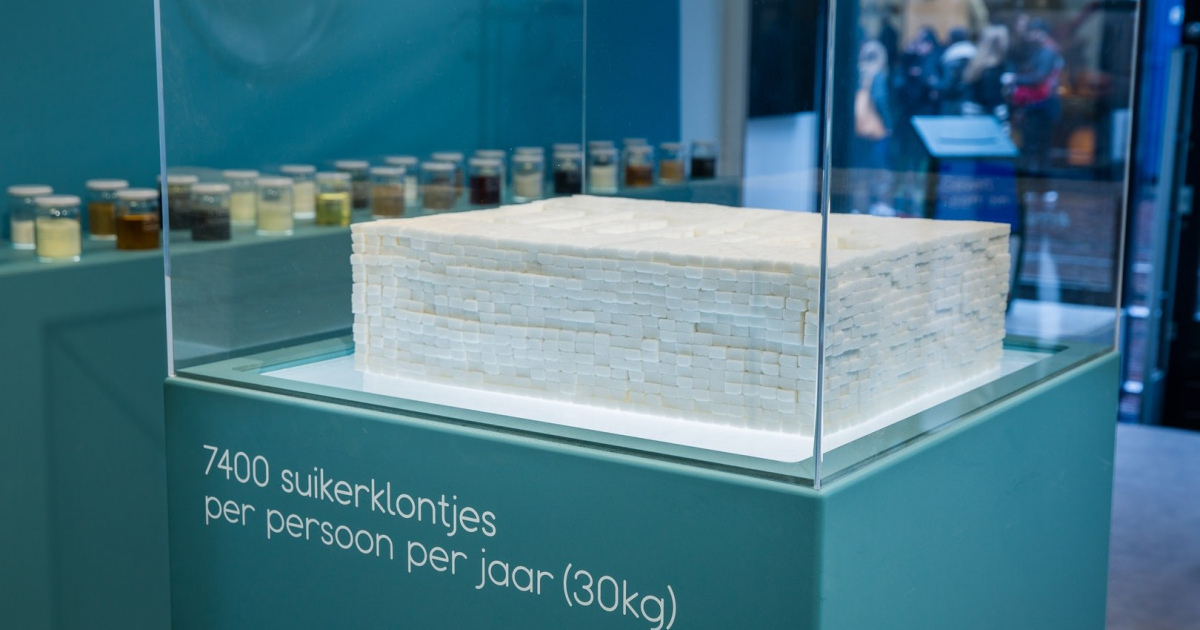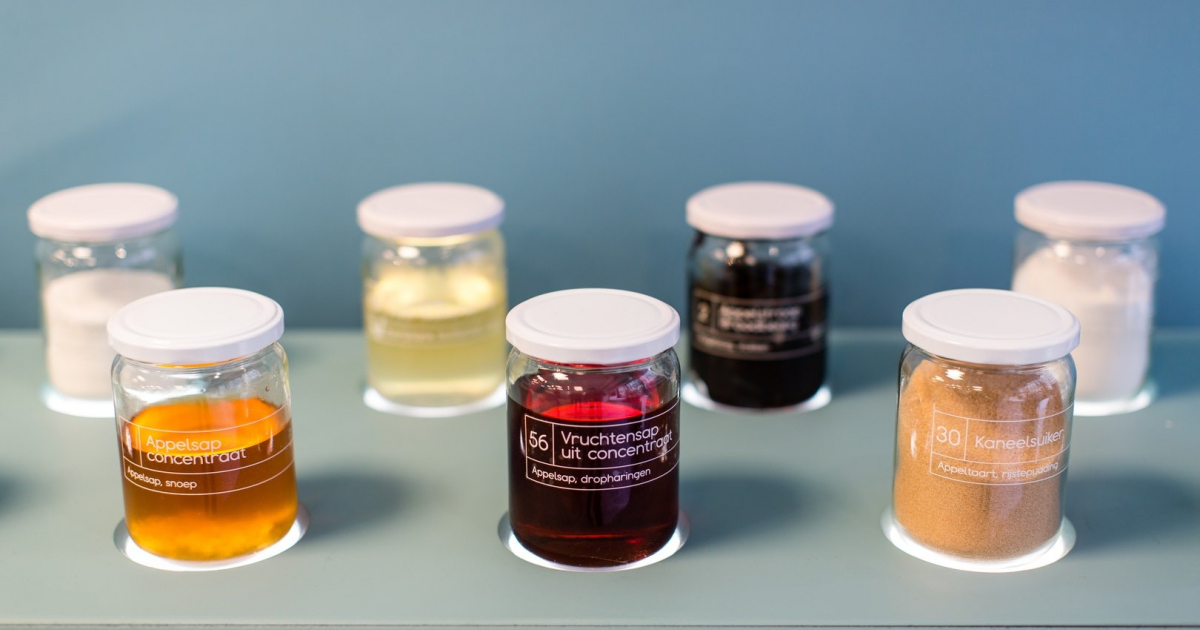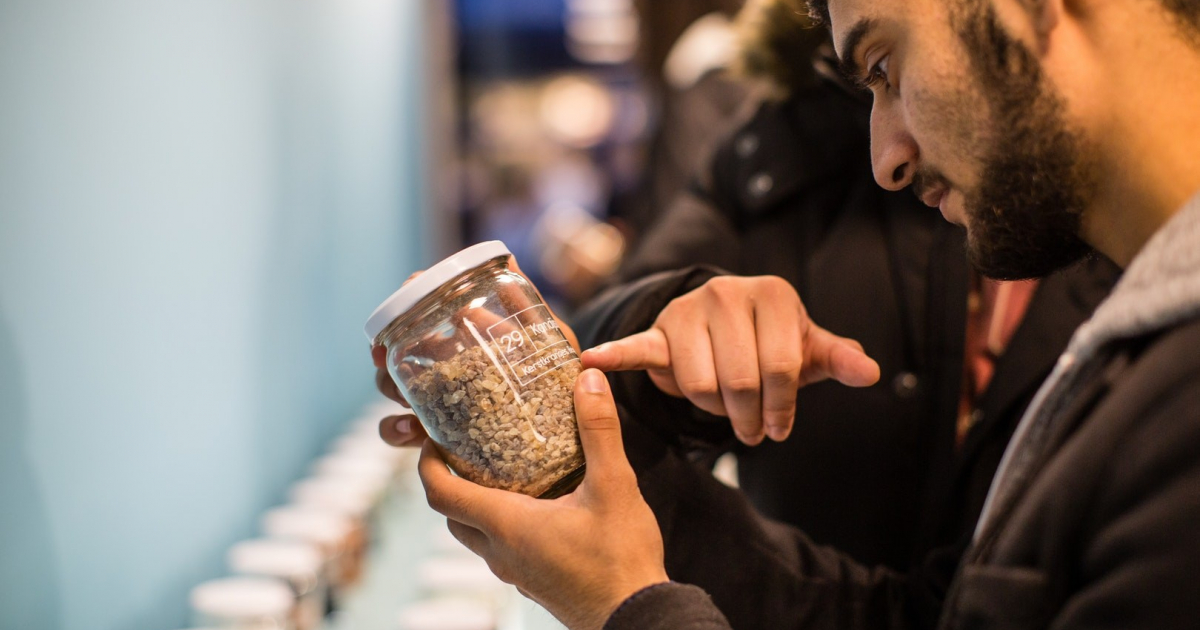Sugar Rehab Clinic

The message spread like wildfire, covered by all national news outlets in all media.
Online video ads and social media bring the idea to an even larger audience. The story had a combined reach of 18 million people, generating a PR value of €2.8 million. The media attention was supportive of the idea, strengthening our message and serving as an effective wake up call for all Dutch people. Due to all the media attention and even political pressure, a number of major players in the food industry stepped up to the challenge and started collaborations with the Diabetes Foundation to develop solutions for a healthier future.
To meet this challenge, we needed a radical idea that could spread with very limited media spending: the world’s first Sugar Rehab Clinic, a story that news outlets all over the country were eager to cover.
We opened the clinic in the heart of Amsterdam - for everyone to enter, at no cost. To start your rehab, the first step as a consumer is to acknowledge your unhealthy habits. So we designed an interactive body scan (with XBOX Kinekt technology) where visitors could experience the negative effects that sugar has on their bodies. We also taught visitors over 50 alternative names for sugar that manufacturers use to conceal sugar in products. People left the clinic with useful ways to avoid sugar in their daily lives.
To give this message ongoing attention in the national news, we created targeted press stories, with new angles to different media outlets. Day 1: We sent the story to all news media editorial boards about the opening of the clinic, and for maximal launch impact we gave the scoop to RTL’s morning TV news program. Day 2: we launched a press release about how sugar affects children. Day 3: We launched a petition calling on the Minister of Health to force manufacturers to reduce the amount of sugar they put in our foods.
The Netherlands is unconsciously addicted to sugar. 80% of the population consumes 1.5 to 2 times too much, which can lead to obesity, and increase the risk of Type 2 diabetes. Most people don’t realize how much sugar they actually consume because manufacturers ‘hide’ it in products by using confusing names that the average person doesn’t recognize as sugar. So the challenge was to raise awareness about the fact that we consume too much sugar and to pressure the food industry to use less sugar and clearer labeling of products. A difficult challenge to meet because the media budget was limited.


